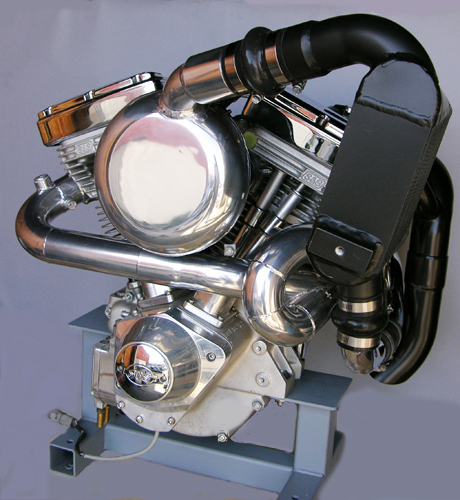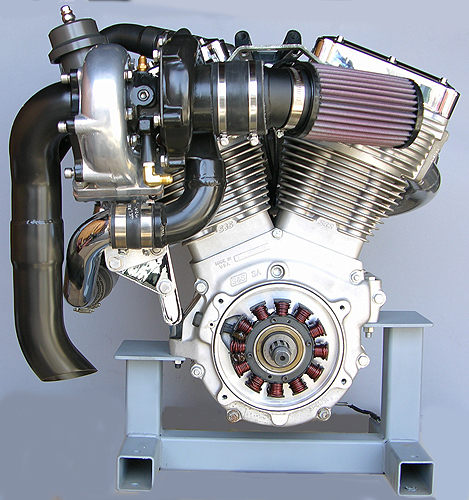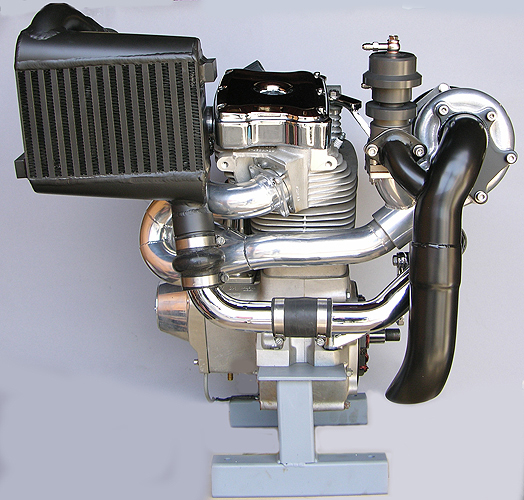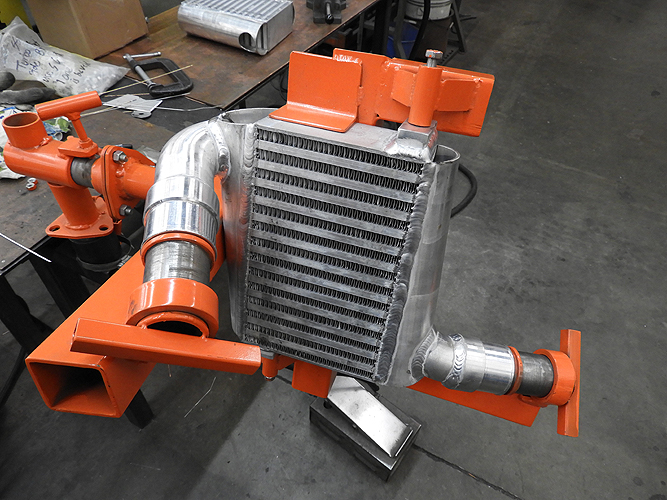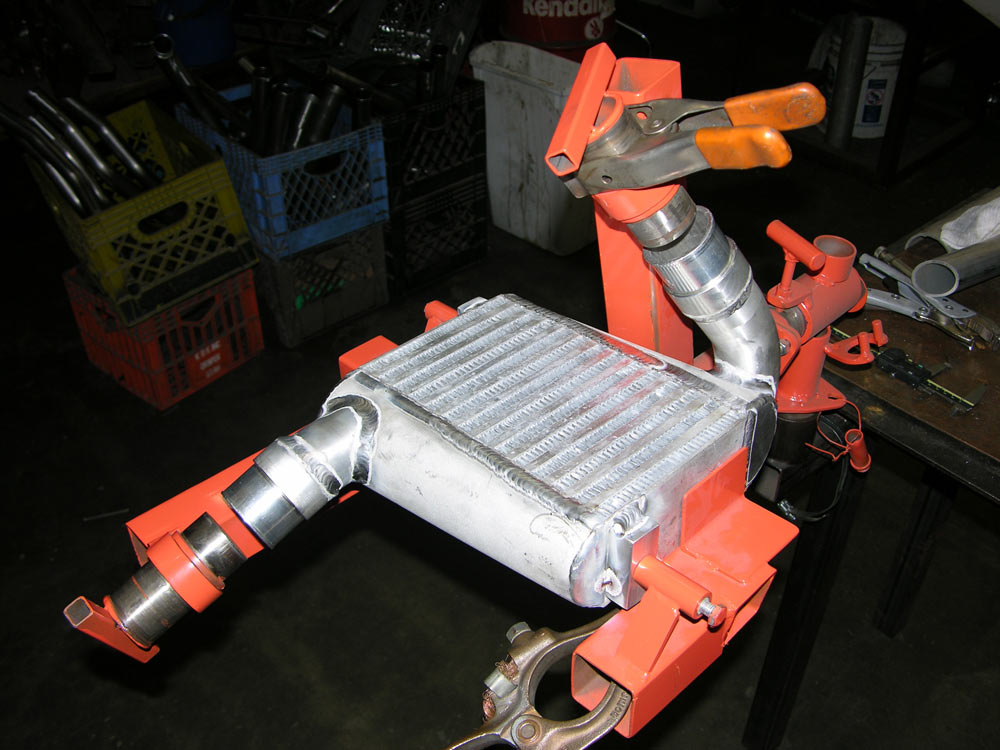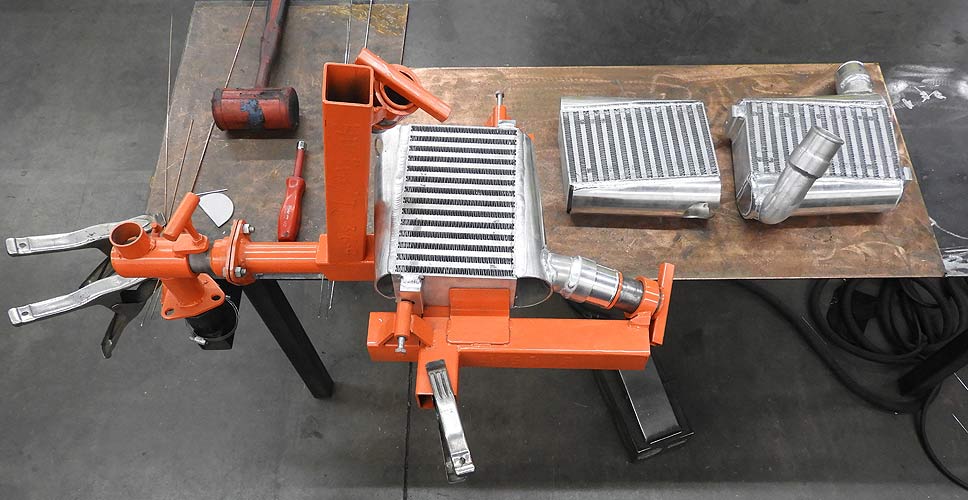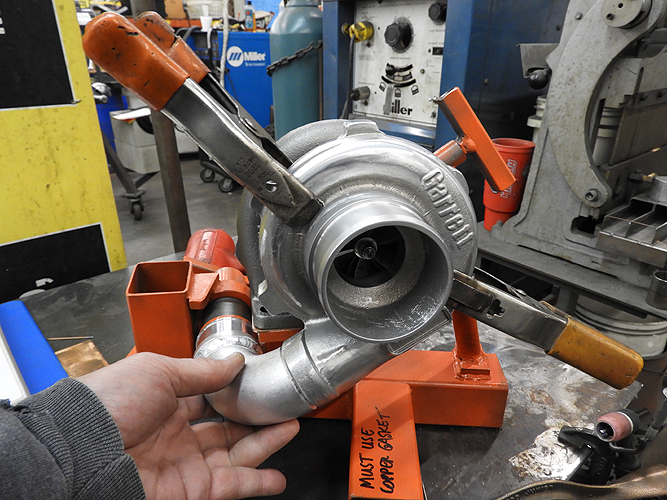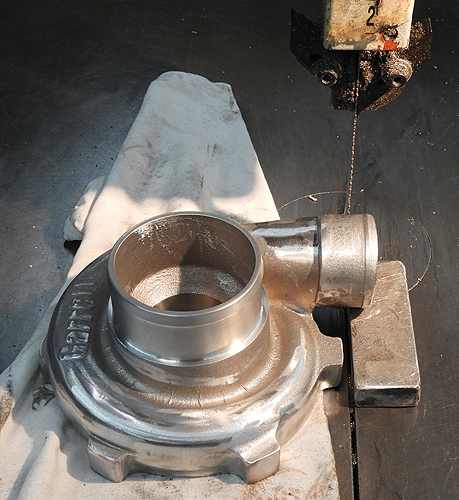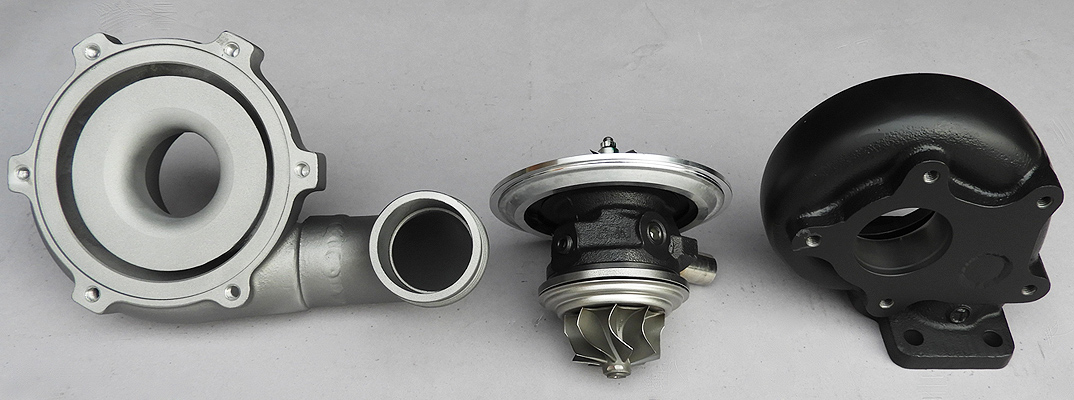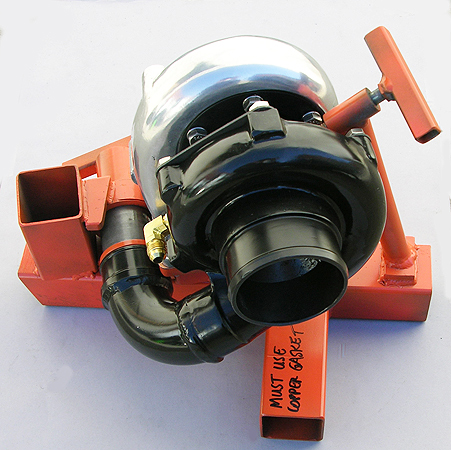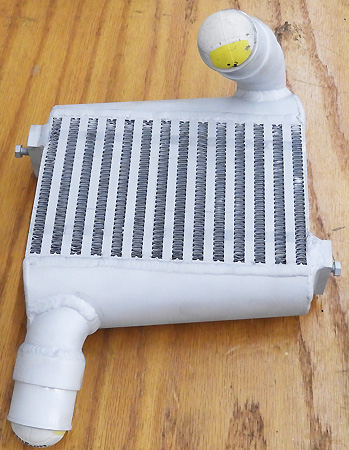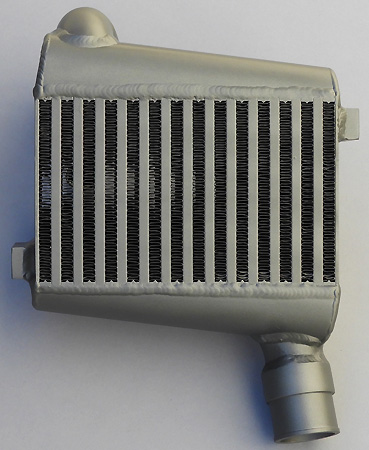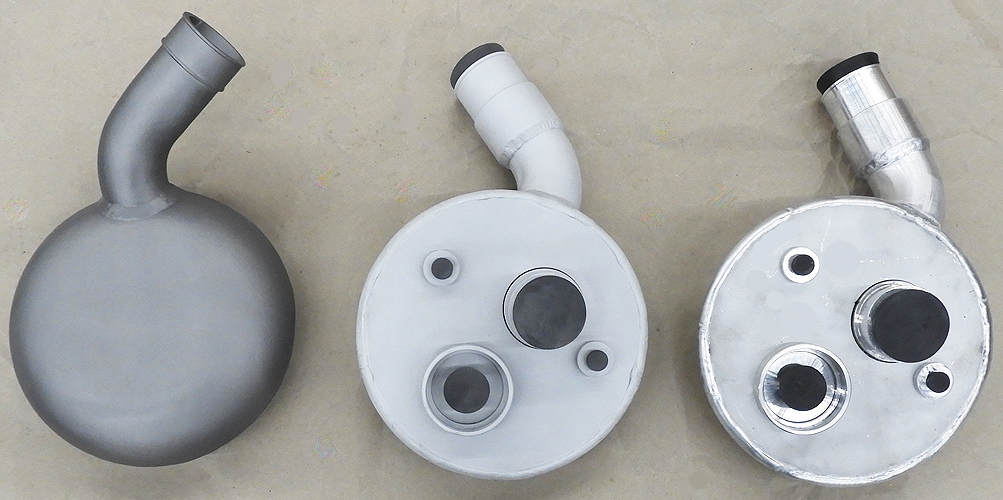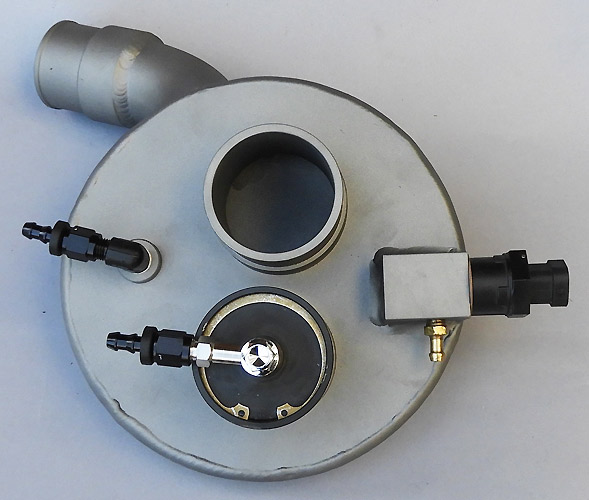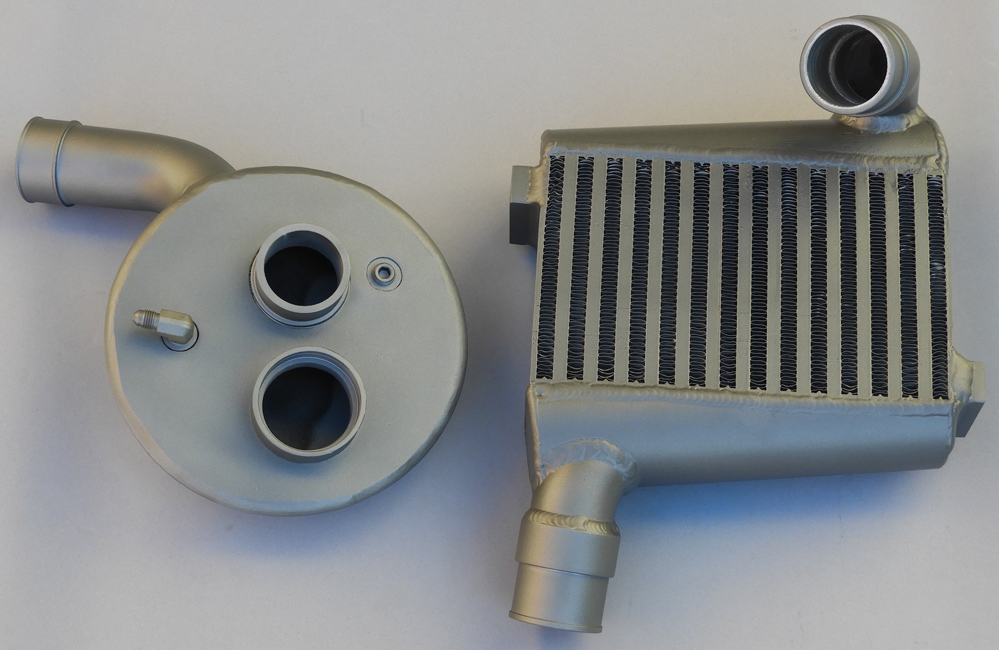RB Racing Turbos...Big Twins:
Shovels
Evos
Twin Cams
M8's
M8 Turbos
Twin Cam
Turbos
Evolution Turbos
Shovelhead
Turbos

V-Rod Turbo
Click
on image or text above for your motor. Scroll below for a
bit of fabrication examples.
RB Racing 45+ Years
First successful draw
through Shovelhead designs in 1980,. The first successful blow
though Evolution designs in 1985. The first intercooled
fuel injected Harleys. Developed in house PC Programmable
RSR-EFI designs in 1989. Four injector staged systems in
1990's. 2008 Water-Cooled EVO Bonneville motor 200 mph.
Bonneville World Records in 1997-2011. Digital EGT and Boost
displays. Pro Gas Drag Racing Championship with 7 second
quarter mile times @ 176mph. 2008: 1000 psi water injection
systems. 2012: Full motorsport ecus controlling boost,
traction control and fly by wire. Full mil-spec Raychem Tefzel
/ DR-25 wiring harnesses with Autosport connectors.
Turbos:
Fabrication Does Get Complicated
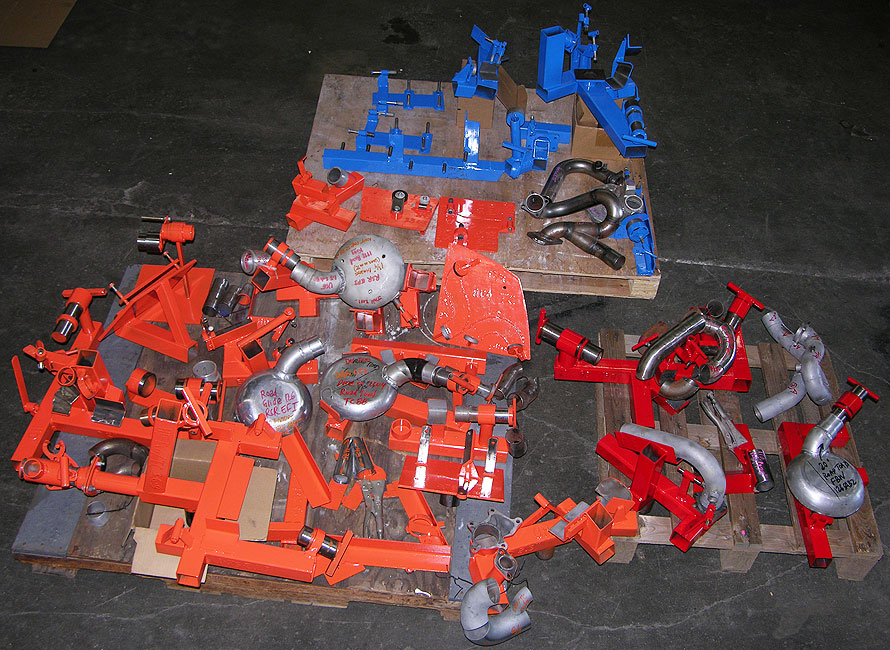
Fixtures and a lot of knowledge are required to make turbos
for EVOs Twin Cams, VRods, Race Bikes, and specialized ORCA
motors with Bosch Fly By Wire Motorsport Controllers etc...for
both Bonneville and Street bikes. These fixtures are just the
tip of the complexity involved. 45 years 1980 to 2025.
Pallets of raw parts, thousands of
dollars in waterjet and laser cut parts and mandrel bending,
plus over 1000 pages of documentation, software, CAD files,
many three ring binders, and hopefully not too much brain
fade.
Push the art because you want
to...not because anyone asks you to, or that anyone
understands, or even if they are prepared to ramp up to do
tuning or testing. Interesting business. Typical request "I'd
like about 300 bolt-on horsepower". People.
Example: Turbos
Done Correctly: ORCA EVO 113"
113" S&S Special Application EVO ORCA Motor with B1 heads.
300HP Intercooler (frame mounted). 360Hp Turbo (engine mounted).
Positive oil scavenge.
Merge Collector stainless 2-1 collector with
double slip joint.
Does not "hammer" the
turbine by placing exhaust turbine at front port.
Allows timed scavenging of
cylinders
Less EGR inlet dilution as
pulses are not "aimed" at the other exhaust port.
Less spikes in power
delivery
Turbo mounted independently from the turbo exhaust manifold.
Slip header to turbo pod.
Motorsport Computer Controlled:
(1)1000 psi water injection;
(2) Phase Anti-Phase Closed Loop Boost control;
(3) Dual Fast Acting Type-K Thermocouples;
(4) Dual Wideband NGK/NTK lab grade O2 sensors
(5) Fly
by Wire Bosch PPS/TPS.
(6) Mil-Spec Main Harness. 34 sub harnesses. 106
Connectors. 484 Wire Terminations
(7) Sequential Cam Triggered Fuel Injection
(8) Inconel 600 psi seal ringed cylinder head. Gasket-less base
cylinder sealing.
(9) Inconel valves. Dual Spark plug. . Forged and coated Turbo
pistons.
(10) Digital Programmable Dash
(11) Programmable Traction Control
Details:
Intercooler Fabrication
Here we are welding up a 300+ HP HD Turbo Intercooler after
machining and prepping the parts for it. Air enters and exits
at the larger part of the tapered end caps. After this the
intercooler goes for ceramic coating. This chews up a couple
of days off and on. Expensive.
The intercoolers
are sized to drop the inlet charge temperature closer to
ambient i.e. if the charge temperature pre-intercooler is
150F and the outside air temperature is 80F and the bike is
moving at cruising speed and then under acceleration, at say
8 PSI, then the inlet temperature will be closer to the
ambient 80F.
Use our Intercooler
Calculator to see what your boost inlet temperatures
are.
Various spigots for turbo connector
hoses..EVOs, Twin Cams, OEM EFI systems, Cosworth Pectel FBW
systems...For our intercoolers and plenum chambers. Does get
a bit complicated, but with specialization and the intended
uses, it always does.
Twin Cam Ns EVO: Genuine Garrett Turbo.... Raw
Castings
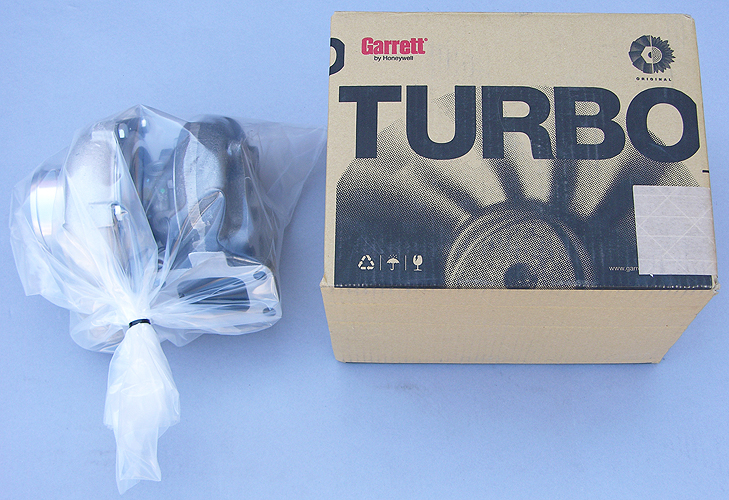
Start out with a
genuine ceramic ball bearing Garrett Turbo...Add custom
housings and you are at $1,500.00 before we start
modifying things for a Harley V-Twin.
They just don't fit optimally the way the
come...so we have to do surgery.
We use genuine Garrett Ceramic Bearing 360 HP
Turbochargers. These come in as raw, machined castings in
iron and aluminum. We then modify the compressor, exhaust
housing and the turbo center section with machining.
welding, sanding, and bead blasting operations.
The parts are then ceramic coated internally and
externally for corrosion protection, heat retention, and
heat dispersion. With more that 25 years going to the
Bonneville salt flats, we know how important
anti-corrosion coatings are...not to mention operation in
the real world.
Then there are the 44 years of previous
fixtures dating back to Shovelheads and parts which have
since been discarded. Gets expensive. Thousands of
man-hours.
Many Hours Later..Orca Turbo Pod
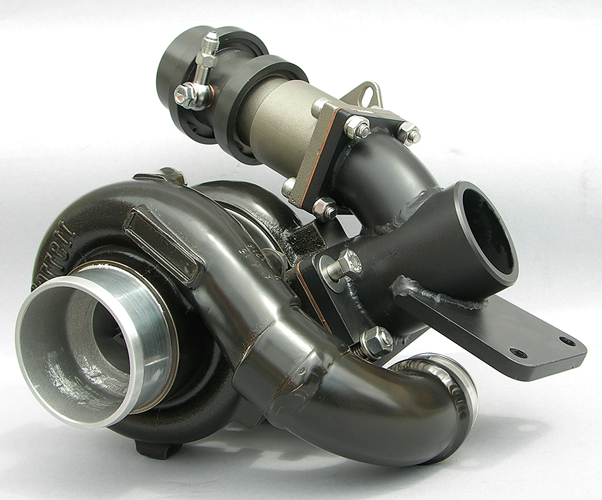
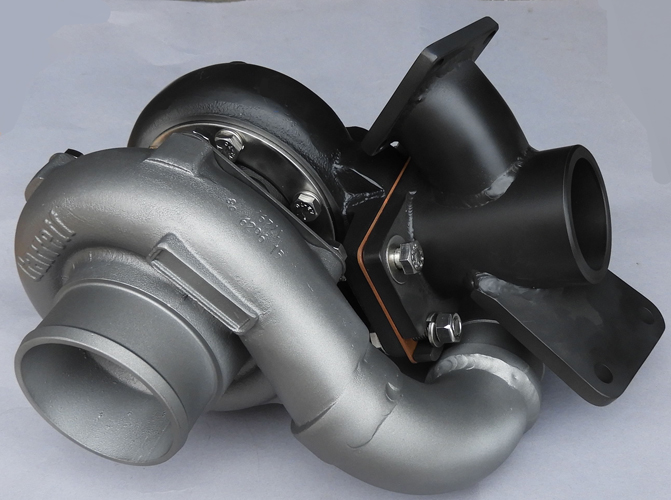
On a Twin Cam 95" the turbo puts out about 165hp and 164
ft/lbs torque @ 9 PSI of Boost.
Annealed
Copper Turbo Gaskets
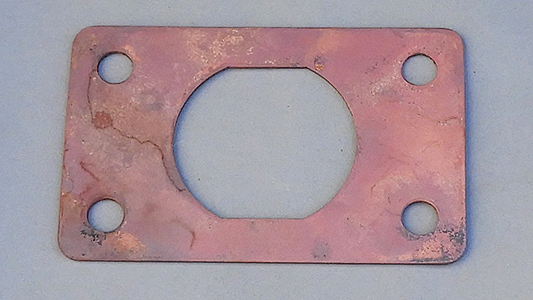
Cut with a water jet... Heat Cherry Red with torch then drop in
cold water. Turns copper into a soft condition. We anneal all
our turbo and wastegate gaskets. No goo or silicone.
Wastegate
Testing
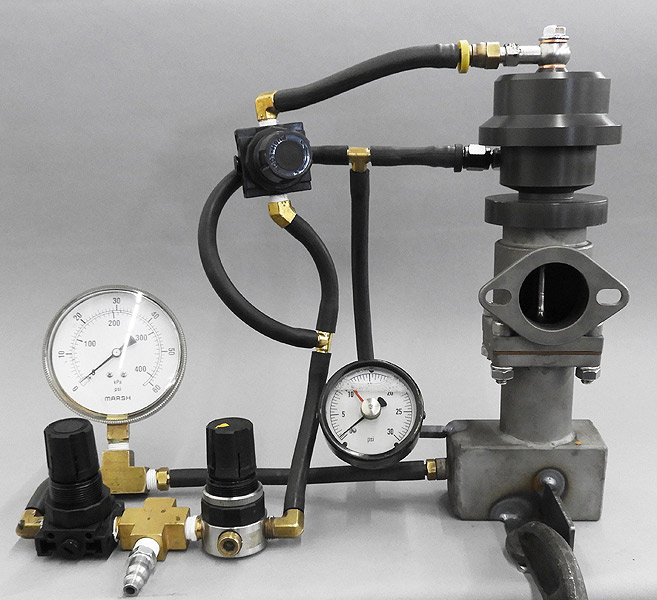
With three
regulators we test Boost Pressure, Exhaust Back Pressure,
Adjustable Boost 8-25 PSI, and wastegate valve sealing.
Here boost is controlled by a pneumatic controller. With
advanced Electronics we can control the wastegate with
Phase and Anti-Phase fast acting solenoids.
300Hp
Intercoolers
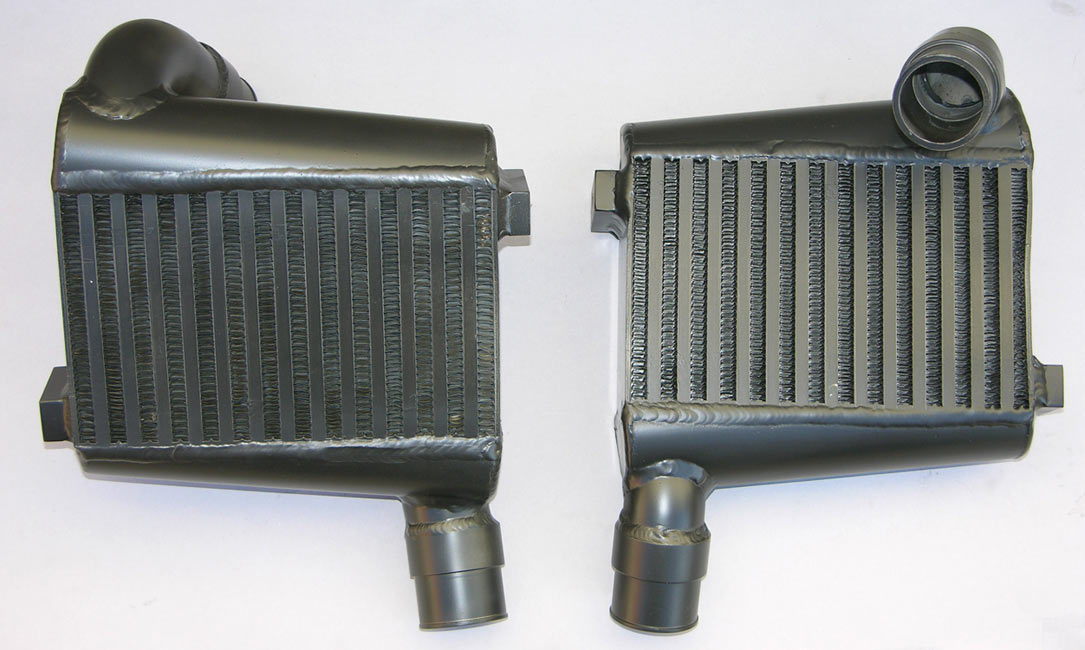
RB Racing Harley
Turbocharger System: Intercoolers Coated in Ceramic Black
High-Emissive Coating for optimal performance and corrosion
protection. You can run your big twin through the gears at low
boost and about 180 Hp and the intercooler discharge
temperatures will be close to ambient. We don't use small
restrictive intercoolers or, even more stupidly, put the
intercooler under the bike like one firm does.
Airflow in and out of the intercooler must be smooth so each
of the 13 channels flows the same which is why the hats must
be tapered. You cannot simply butt the turbo discharge up
against the base to the intercooler as some firms do.
Front view left above. Rear view right
above. The intercooler mounts securely with billet clamps to
the crash bar. The intercooler is rigidly mounted and the
turbocharger and turbo plenum move with the rubber mounted
engine. Special flex bellows couplers (see below) connect the
moving and stationary parts. Proven in years of use.
To protect our Harley Turbo Intercoolers against
corrosion and to dissipate heat we use special Ceramic Heat
Dispersant Coatings which are applied after we fabricate and
blast the parts. These coatings are impervious to carb
cleaners and other chemicals as well as normal soap and water
cleaning. This is not powder coating as that would be an
insulator and degrade the intercoolers efficiency. Plenum
chambers are also coated.
Twin Cam 88 Plenum Chamber. Optional water injection port.
These designs are over 25 years old...Sort of tells you how
far we were ahead even in the EVO days.


